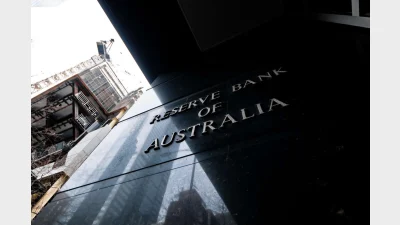Super balances reveal deep regional wealth divide



New data has revealed stark geographic divides in Australians’ super balances, with average savings differing by more than $100,000 nationwide.
Australians’ superannuation savings vary sharply depending on where they live, according to new research from the Association of Superannuation Funds of Australia (ASFA).
ASFA found that the nation’s wealthiest savers are mostly concentrated in the capital and coastal regions, while younger, inland areas are lagging far behind.
The Current Super Balances Across Australia report has shown that Canberra holds the highest average super balance among capital cities at around $224,000, while Darwin has the lowest at about $152,000.
Outside the capitals, Newcastle in New South Wales and Victor Harbor-Goolwa in South Australia have both recorded averages near $199,000.
In contrast, the mining town of Kalgoorlie-Boulder in Western Australia’s Goldfields-Esperance region sits at the bottom of the list with an average balance of roughly $109,000 — less than half that of Canberra.
The association said the variation in fund balances reflects a combination of demographic and economic factors, with age profiles and income levels shaping how much super Australians accumulate across their working lives.
“Towns with older populations tend to record higher super balances, while those with younger adult populations have lower balances on average,” the report said.
Age distribution data shows that areas such as Victor Harbor-Goolwa, Maryborough and Hervey Bay have some of the oldest adult populations in the country, while Alice Springs, Darwin and Kalgoorlie-Boulder are among the youngest.
According to ASFA, this pattern explains why many regional retirement hubs along the coast show relatively high balances compared with younger, transient inland centres.
Income levels add another layer to the divide with average annual wages ranging from around $60,000 in Mildura, Victoria, to $92,000 in Canberra.
Higher incomes translated to larger super contributions and faster accumulation of savings, which is particularly apparent in Canberra’s dominance, reflecting its high-paid public sector workforce, while resource-linked economies such as Perth, Mackay and Newcastle also show above-average earnings.
Within major cities, ASFA noted, income and super variation is even more pronounced and often tied not to industry but to the relative cost of housing.
Higher-income earners are clustered in suburbs where property prices are steep, creating pockets of retirement wealth that mirror broader inequality trends.
At the electorate level, the disparity is stark, with Sydney’s Wentworth leads the nation with an average balance of $378,000, followed by Melbourne’s Kooyong at $369,000 and Perth’s Curtin at $296,000. The lowest averages are in Blaxland ($75,000), Lalor ($81,000) and Forde ($99,000).
Recommended for you
A new assessment of super fund retirement readiness has found only six funds have met the key criteria for supporting members in retirement.
The funds have agreed to merge, creating a $235 billion fund serving more than 1.3 Australian members.
A hawkish post-meeting RBA has cast doubt over the possibility of another rate cut in 2025.
Super funds are being urged to do more to protect older women from financial insecurity as life events widen retirement gaps.









